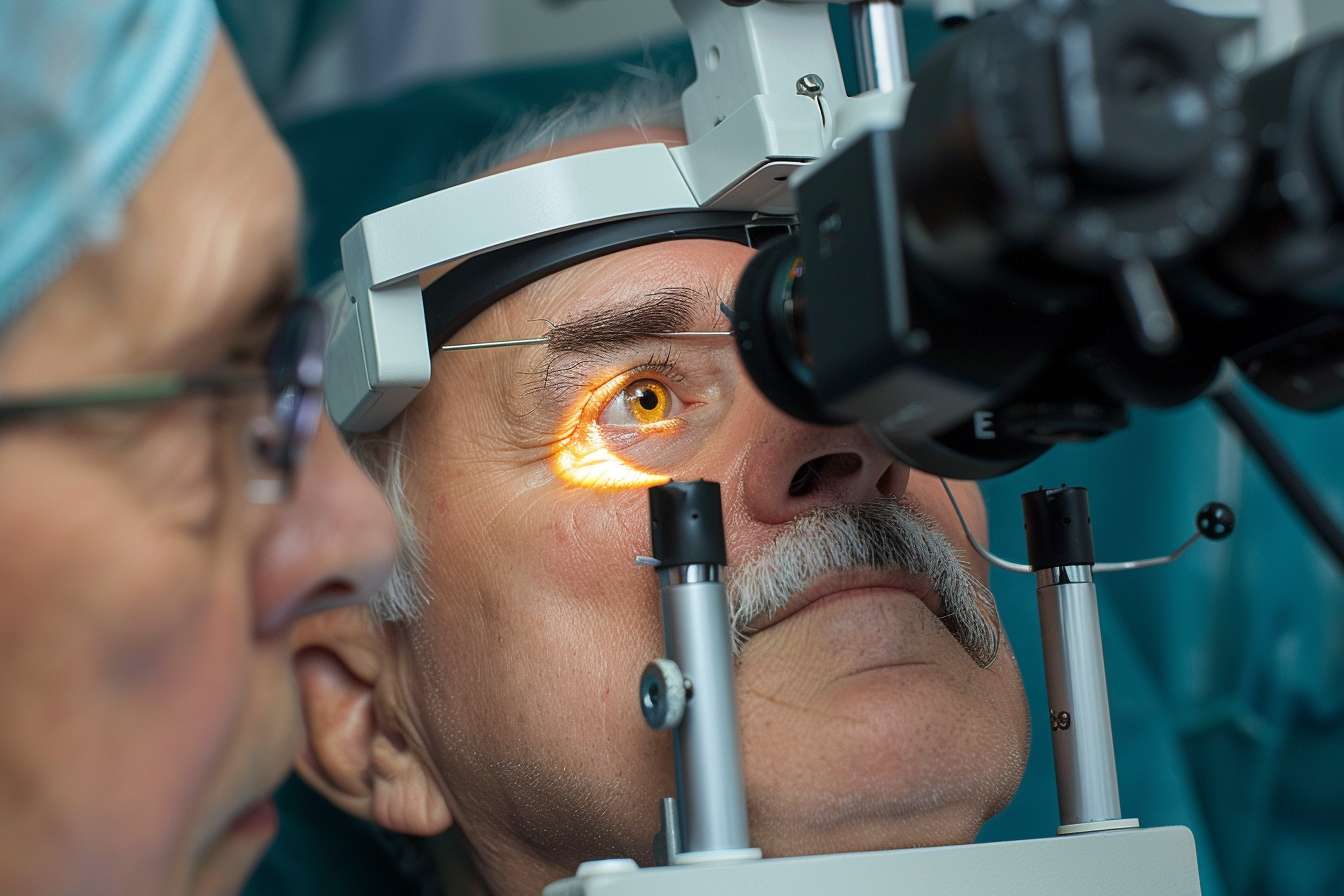Blepharoplasty Surgery: Eyelid Lift for Healthier-Looking Eyes
Blepharoplasty, commonly called eyelid surgery, reshapes the eyelids to reduce excess skin, fat, or muscle that can make the eyes appear tired or obstruct vision. Performed on the upper or lower lids — or both — it can refresh the face and improve peripheral vision in cases where drooping skin interferes with sight. Recovery varies by patient and technique, but most people see noticeable results within a few weeks while bruising and swelling settle.

This article is for informational purposes only and should not be considered medical advice. Please consult a qualified healthcare professional for personalized guidance and treatment.
What is blepharoplasty and how does it affect the eyes?
Blepharoplasty is a surgical procedure targeting the eyelids to remove or reposition excess skin, fat, or muscle. For the eyes, this can mean reduced hooding on the upper lids and diminished under-eye bags on the lower lids. The goal is both functional and aesthetic: restoring a smoother eyelid contour that may improve the field of vision while giving a more rested appearance. Techniques range from conservative incisions hidden in natural creases to transconjunctival methods that avoid visible scars.
When is surgery the right choice for your eyes?
Surgery becomes a consideration when eyelid changes affect vision, daily comfort, or confidence. Candidates often report eyelid heaviness, impaired peripheral vision, or persistent puffiness that topical treatments and lifestyle changes haven’t fixed. A doctor will evaluate skin laxity, fat distribution, muscle tone, and overall facial anatomy to recommend eyelid surgery or non-surgical alternatives. Age, medical history, and realistic expectations are also assessed to ensure the chosen plan is safe and likely to meet the patient’s goals.
How does blepharoplasty improve the face’s appearance?
Eyelid surgery can subtly but markedly enhance the face by balancing upper and lower eyelid contours, reducing shadowing, and improving symmetry. Because the eyes are a focal point of the face, even modest corrections can create a fresher, more alert look that complements other facial features. Blepharoplasty is often combined with other facial procedures for harmony, but even as a standalone treatment it can harmonize the face by decreasing visible signs of aging and restoring a more defined eyelid fold.
How to choose a doctor for eyelid surgery?
Selecting a qualified doctor is crucial. Look for a board-certified plastic surgeon or ophthalmic plastic surgeon with specific experience in eyelid surgery and a strong portfolio of before-and-after photos. During consultations, ask about complication rates, anesthesia options, and the facility where surgery will take place — whether an accredited hospital or an outpatient surgical center. A good doctor will explain expected outcomes, recovery timeline, and potential risks, and will assess your facial anatomy to tailor the procedure to your needs.
What happens at the hospital and during recovery?
Blepharoplasty may be performed in a hospital, ambulatory surgical center, or clinic with appropriate accreditation. Depending on complexity, it’s done under local anesthesia with sedation or general anesthesia. Typical recovery includes a few days of downtime, cold compresses to reduce swelling, and temporary blurring of vision from ointments. Most people return to light activities within a week but avoid strenuous exercise for several weeks. If you’re using online portals to book consultations or access your hospital records and encounter service interruptions — for example an error like “Service Unavailable: ” — contact the hospital or your doctor’s office directly by phone to confirm appointments and access essential information.
Conclusion
Blepharoplasty is a well-established surgical option for addressing eyelid sagging and under-eye bags that can affect both appearance and function. Outcomes depend on careful evaluation, experienced surgical technique, and adherence to recovery guidance. Discuss goals, medical history, and realistic expectations with a qualified doctor and confirm the surgical setting — hospital or accredited clinic — to ensure safe, effective care.






